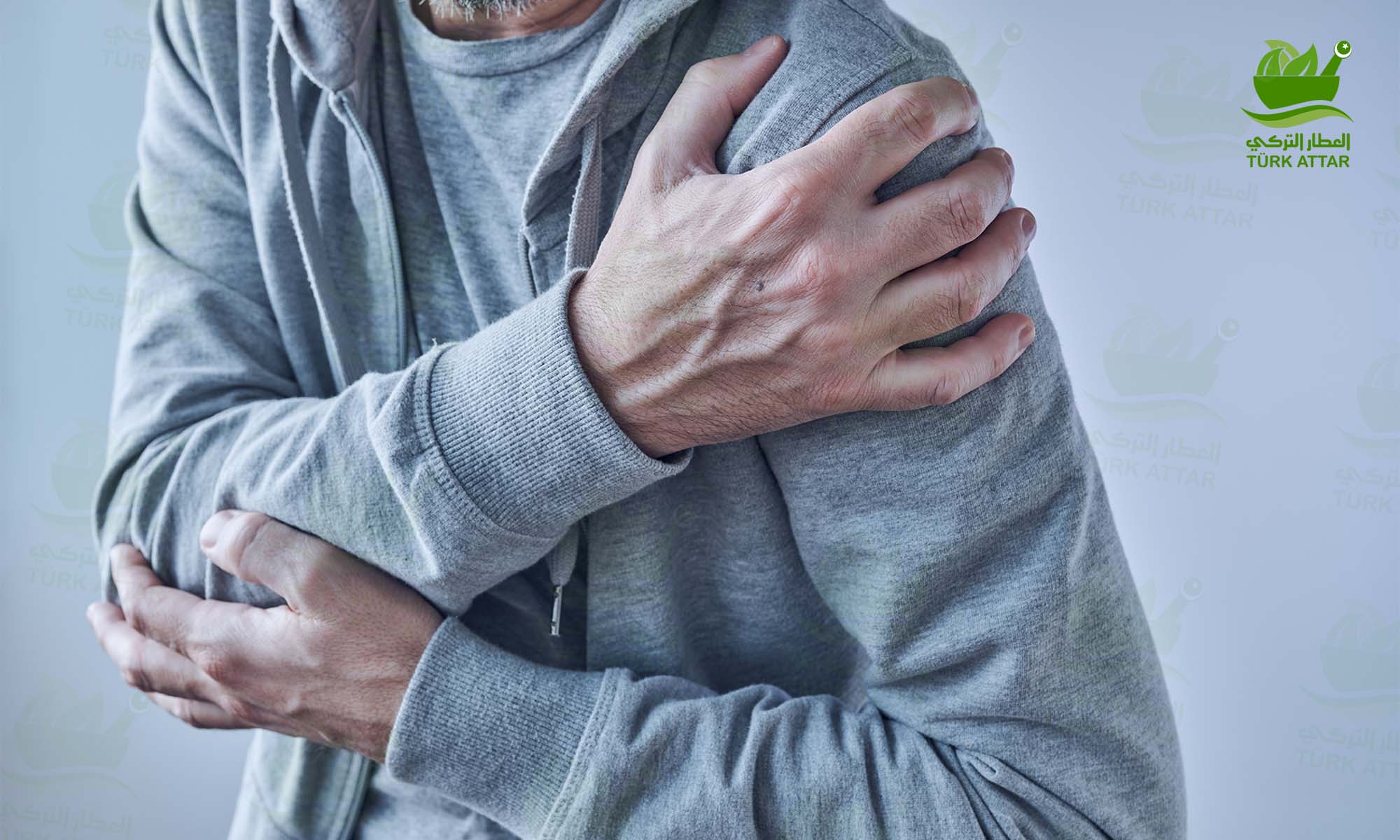
Tendons, which allow us to move, are defined as the structures that transmit the power produced by the muscles to the bones. Tendons can also be described as tough fibers that connect muscle to bone. For example, the Achilles tendon is responsible for connecting the calf muscle to the heel bone. A healthy tendon is one of the most important factors for healthy movement.
Tendon Injuries
What Are Tendon Injuries?
Most cases of tendon injuries occur around joints such as the elbow, knee, ankle, and shoulder. Tendon injury can occur suddenly, as well as the result of small tears in the tendon structure can be seen increasing over time. Although the causes of loss of function caused by tendons are named differently, the term “tendinopathy” is often used as an inclusive nomenclature that includes both micro-tears and inflammation. However, for many years, many tendon problems were called "tendinitis", tendon injuries were generally called by this name.
What are Flexor Tendon Injuries?
Flexor muscles, which allow the fingers to bend inward, turn into tendons in the middle of the arm, starting from the forearm or elbow, and extend along the fingertips. Flexor tendon injuries may occur after incisions in the hand, wrist, fingers and forearm. Flexor tendons are very close to each other with vascular nerves due to their structure. Therefore, in possible injuries on the inner surface of the hand, it is possible to damage the nerve and vascular structures along with the flexor tendons.
When an incision occurs in the flexor tendon, patients become unable to bend their fingers. If the tendon is not completely cut, the patient may bend the finger; but in this case, it is possible to feel pain. If incompletely cut tendon incisions are not treated, the tendon may separate from the cut area over time. In case of delay in the treatment of tendon incisions, due to the pulling of the muscle in which the tendon is located, the tendon ends move away from each other, their length becomes shorter and it may be very difficult to join the tendon ends again.
In addition, nerves and vessels that are very close to each other with the tendon should be checked during the operation and in case of cuts, they should be treated with microsurgical methods. After the surgical intervention, splinting is performed for 3 and 4 weeks to prevent damage to the sutured structures. Professional physical therapy support is often required after injuries to the flexor tendon. Starting physical therapy quickly after the injury is very important for the function of the tendons. If physical therapy is started late, it is almost impossible to regain movement functions later.
What are Extensor Tendon Injuries?
The tendons on the upper surface of the hand are called extensor tendons. These tendons allow the fingers and hand to be lifted upwards. Extensor tendons, located just under the skin, have an important role in the coordination and performance of finger movements. Even minor injuries or cuts can result in damage to the extensor mechanism due to its close proximity at the front. Even if the fingers are traumatized in the form of impact and compression, thin tendons can be separated and ruptured from the places where they attach to the bone.
After a possible injury to the extensor mechanism, it becomes impossible to lift the fingers upwards. However, loss of function in the extensor tendon can be treated with surgical treatment. The treatment of such cuts or separations is usually provided by suturing the damaged area. In cases of injury to the finger it may be necessary to fix the joints with a wire in order to maintain the continuity of the sutures placed on the thin tendon. In case of separation of the extensor mechanism from the fingertip, a treatment can also be performed in the form of finger rings, three-point splints, or reattachment of the tendon by bringing it closer to the dissociated area by means of splints.
What are the Causes of Tendon Injuries?
Most tendon injuries occur as a result of excessive use of the tendon or the wear and tear caused by overloading the tendon more than it can bear. Tendon injuries can occur at any age and in anyone. Tendon injury can occur gradually or suddenly. In addition, a sudden injury is much more likely to occur if the tendon weakens over time.
What Are the Symptoms of Tendon Injuries?
Symptoms of tendinopathy, are mostly manifested as loss of movement, loss of strength and pain in the affected area. The pain may become worse when the joint with the tendon is used, and there may be more stiffness and soreness upon waking in the morning or during the night. In case of inflammation, the damaged area may be swollen, hot or red. Pain is inevitable.
How Are Tendon Injuries Diagnosed?
In order to diagnose tendon damage or injury well, good questioning of patient complaints as well as a sensitive examination are necessary. In addition, if the injury is related to the use of sports equipment or any tool, more detailed and sometimes applied information about the use may be requested. If necessary, it may be necessary to be requested to methods such as MRI, x-ray or ultrasound.

11 Comment(s)
1
1
1
1
1
1
1
1
1
1
1
1
1
1
1
1
1
1
1
1
1
1
1
1
1
1
1
1
Leave a Comment